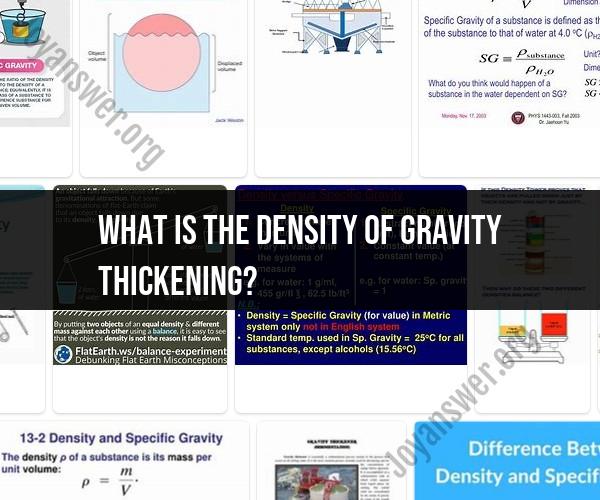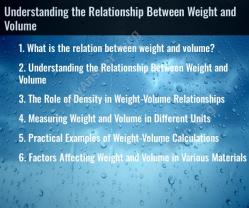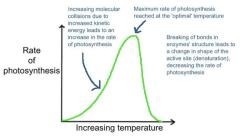What is the density of gravity thickening?
Gravity thickening is a common water treatment process used to separate solids from liquid in wastewater treatment plants. The density of gravity thickening refers to the concentration of solids within the thickened sludge or slurry that is generated through this process. Let's break down the process and the concept of density in gravity thickening:
Gravity Thickening Process:Gravity thickening involves the use of gravity to separate solids from wastewater or slurry. The process typically takes place in a circular tank known as a thickener. Here's how it works:
Inflow of Slurry: Wastewater containing suspended solids or slurry is introduced into the thickener.
Settling: The slurry is allowed to settle in the tank under the influence of gravity. During this settling process, heavier solids settle to the bottom of the tank, forming a layer of sludge.
Overflow: The clarified liquid, which is now separated from a significant portion of solids, overflows the edge of the tank and is collected for further treatment or disposal.
Removal of Thickened Sludge: The thickened sludge at the bottom of the tank is removed periodically and transported for further processing or disposal.
Density in Gravity Thickening:The density of the thickened sludge refers to the concentration of solid particles within the sludge. It's usually expressed in terms of mass per unit volume (e.g., kilograms per cubic meter) and is an important parameter in understanding the efficiency of the gravity thickening process. The higher the density of the thickened sludge, the greater the concentration of solids, which often means more efficient solid-liquid separation.
Factors Affecting Density:Several factors can influence the density of gravity thickening:
Solids Content: The initial concentration of solids in the slurry affects the final density of the thickened sludge.
Thickener Design: The design of the thickener, including its size, shape, and mechanisms for sludge removal, can impact the efficiency of solids settling and, consequently, the density of the thickened sludge.
Retention Time: The amount of time the slurry is allowed to settle in the thickener affects the extent to which solids separate from the liquid phase.
Polymer Addition: Sometimes, polymers or chemicals are added to enhance solid-liquid separation by promoting flocculation (clumping of particles), which can affect the density of the resulting sludge.
Importance of Density:The density of the thickened sludge is crucial because it affects subsequent processes in wastewater treatment, such as dewatering, digestion, and disposal. A higher density can lead to reduced volumes of sludge for handling and disposal, making the overall treatment process more efficient and cost-effective.
Understanding the concept of density in gravity thickening helps water treatment professionals optimize the process and manage the generated sludge effectively. It's important to note that different treatment plants may have variations in their processes and equipment, so specific details may vary.












